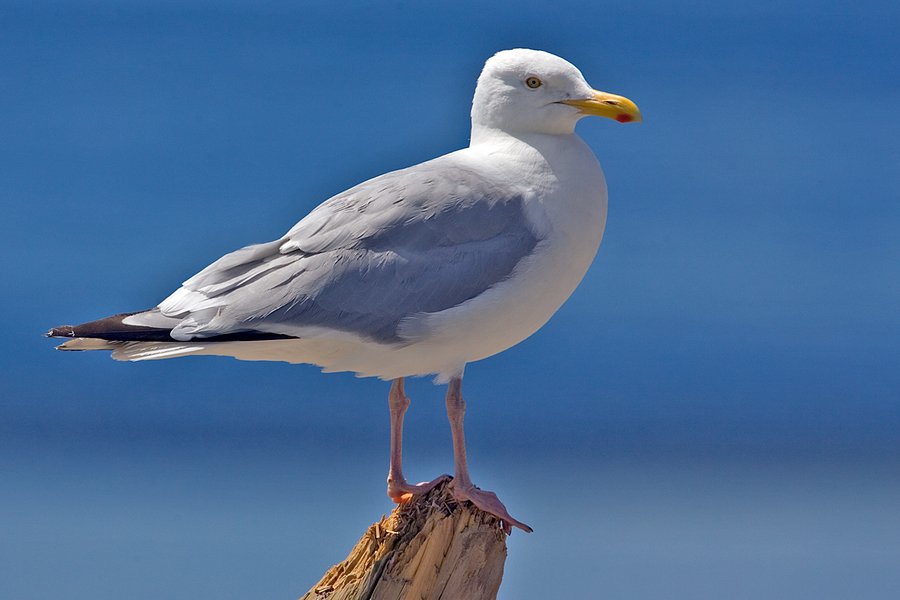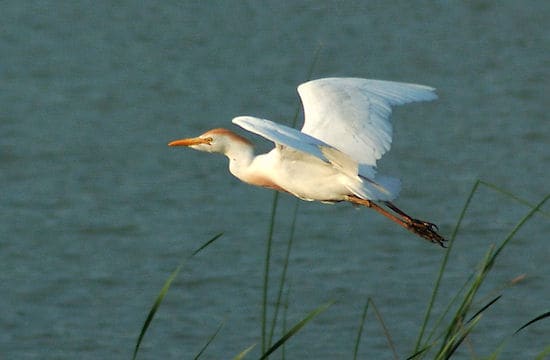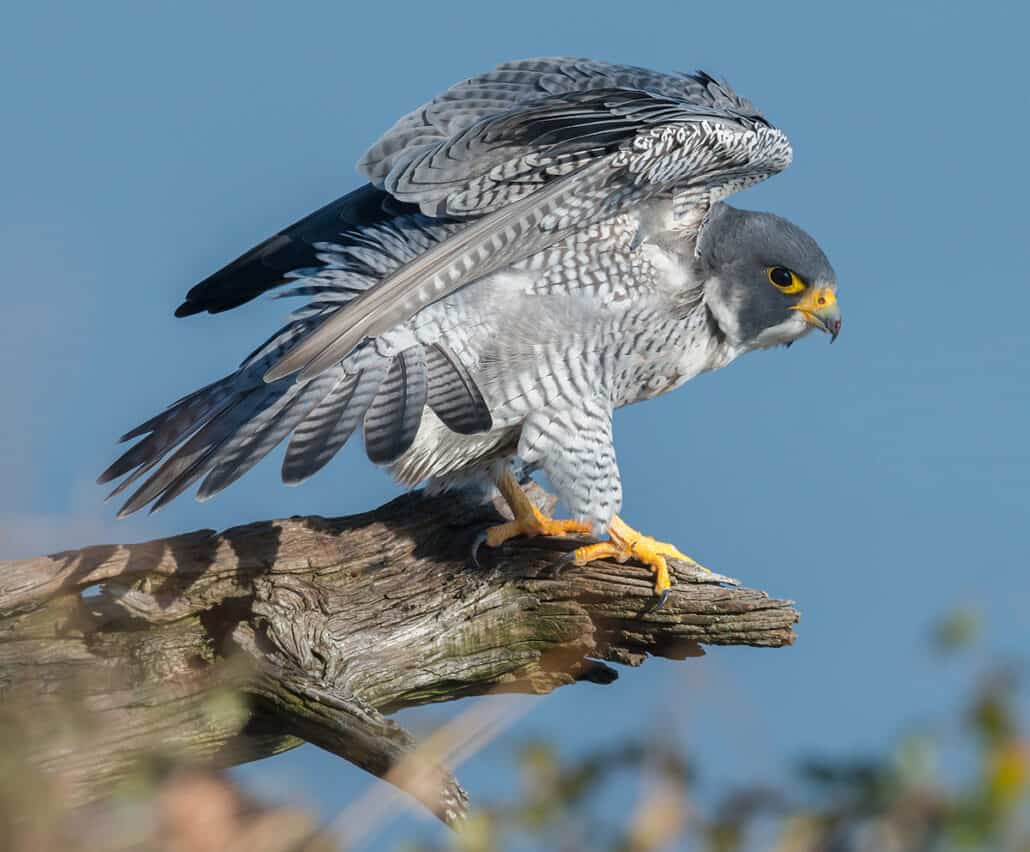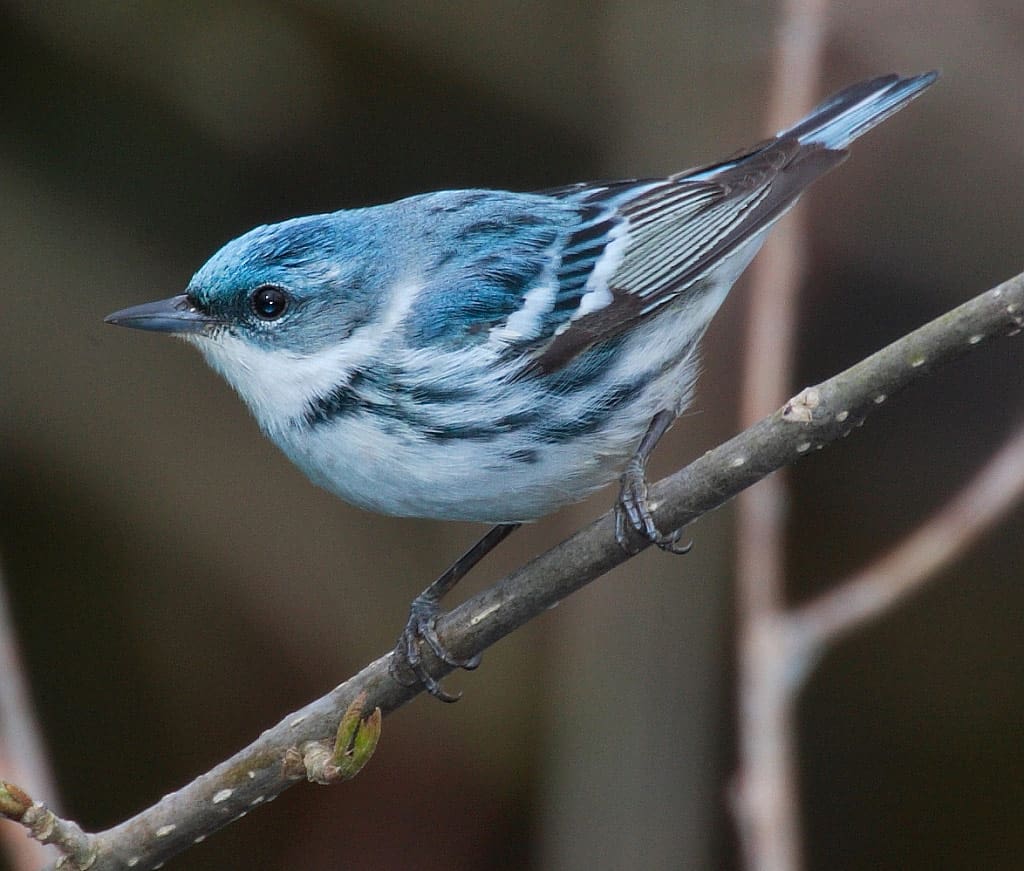Winter birds of South Carolina (December, January, February)
The South Carolina coast offers the finest birding opportunities in winter, with the greatest diversity of species being found there. As cold weather arrives migratory waterfowl migrate south here and occur in some abundance. Common overwintering ducks include the green-winged teal, American wigeon, ring-necked duck, lesser scaup, ruddy duck and many others. There are a number of good locations to observe migratory waterfowl in winter, some of the better known places being the ACE Basin and Savannah National Wildlife Refuge. Further inland, Santee National Wildlife Refuge also supports many ducks, and is a particularly good place to look for geese, including the more uncommon snow geese and greater white-fronted geese.
The beach itself is another place to find a good number of coastal birds in winter. A variety of shorebirds including sanderlings, ruddy turnstones, dunlins, western sandpipers, and the uncommon piping plover are oftentimes seen feeding on the sand flats here. Just beyond the surf, red-throated loons, horned grebes, and rafts of scoters can be found, and, in flight, royal terns, Forster’s terns, and Bonaparte’s gulls are common. The jetty at Huntington Beach State Park is a favorite site for wintertime birders. A number of unusual birds have been found here over the years including purple sandpiper, black guillemot, razorbill, and harlequin duck.
One of the anticipated seasonal events is the arrival of winter finches at backyard feeding stations. Common winter finches in South Carolina include the American goldfinch and, increasingly, the house finch. Also present in lesser numbers are the more northern purple finches and pine siskins. During occasional years these northerly finches arrive in much greater numbers, a phenomenon termed a winter finch irruption. These irruption years are thought to be related to the availability and scarcity of natural food resources within the species wintering range. On rare occasions evening grosbeaks arrive, their presence at a backyard feeder causing much excitement with the owner, and, rarely, common redpolls will make their way this far south.
An increasingly observed phenomenon of ornithological interest is the occurrence of overwintering hummingbirds. Each year a handful of rufous hummingbirds and ruby-throated hummingbirds are discovered at backyard feeders at scattered locations throughout the state. In addition, such rare western vagrants as the Calliope hummingbird and black-chinned hummingbird have also been found, thus renewing speculation on the migration patterns of these tiny long-distance travelers. Hummingbird enthusiasts now landscape their yard with hummingbird-preferred late-flowering plants in the hope of attracting these feathered jewels.
On cold frosty nights in January the hoot of the great horned owl is commonly heard in rural locations with scattered woodlots and water. This large owl breeds in winter, taking over the previous year’s stick nest of a red-shouldered hawk or other large bird for egg-laying. It has been theorized that early nesting in some raptors is timed to coincide with the abundance, or the obtainability, of food. Bald eagles also nest in winter, constructing their huge bulky nests in a tall pine tree. Eagles return to their nest each year, always adding new material. River shoals, inland reservoirs, and coastal marshes provide a sufficient supply of food for their hungry young.




